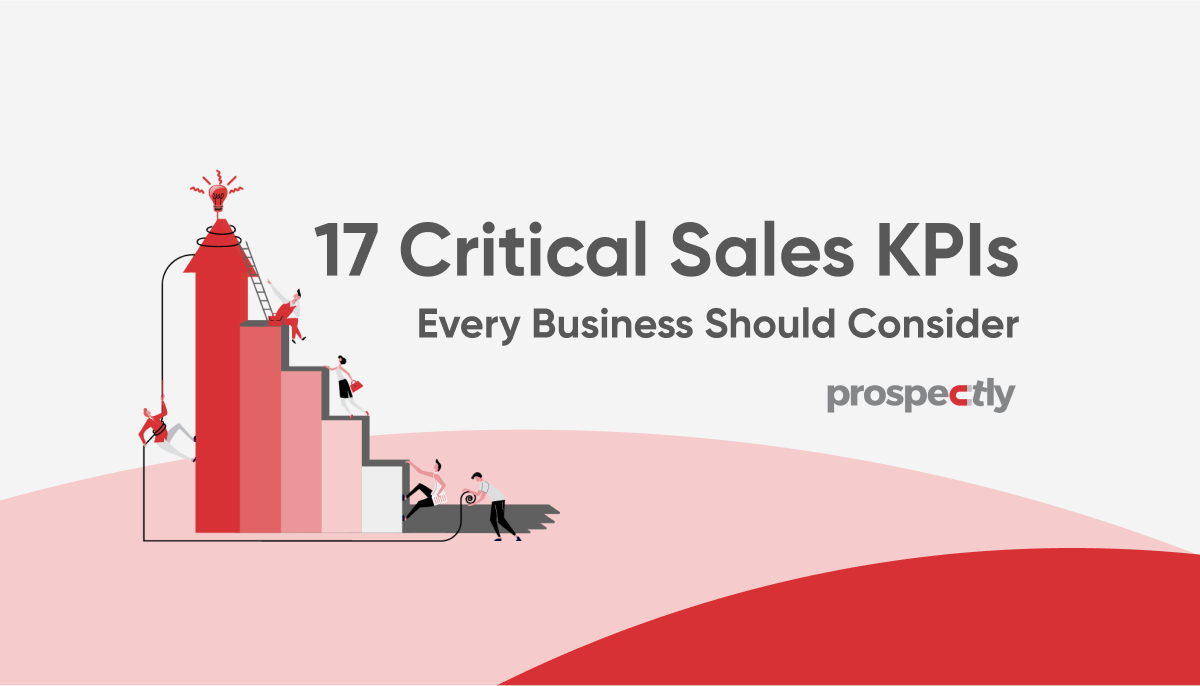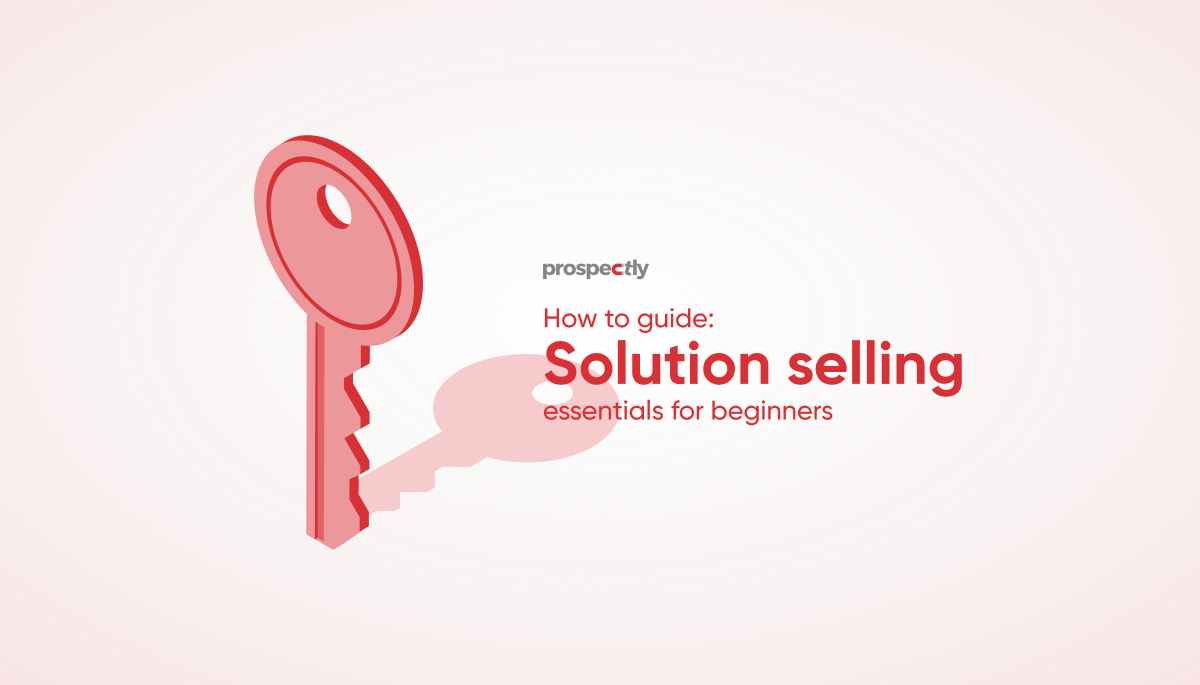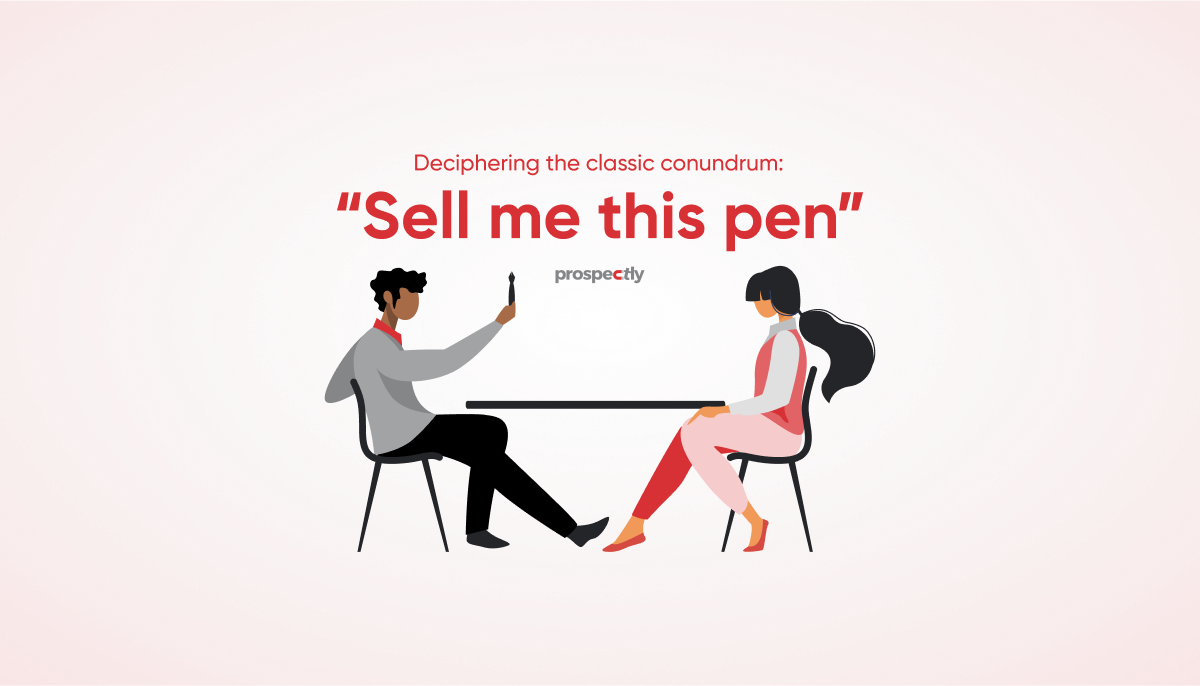Master provocative selling with the Challenger sales method
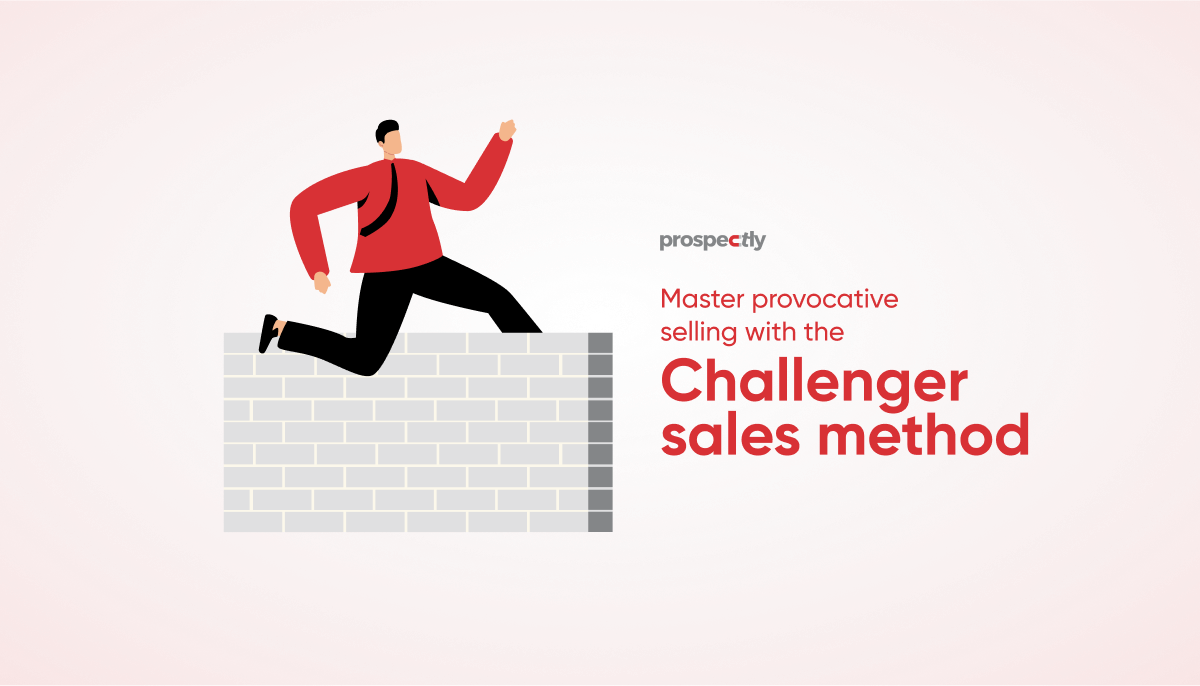
Consultative selling is often the preferred route in buyer-centric marketplaces. In today’s relationship selling era, your end goal as a seller is ultimately to build long-term alliances. However, research indicates that 54% of high-performers prefer to provoke their buyers when it comes to complex selling. This blog will shed light on the fundamentals of an unconventional but surprising successful sales methodology- the Challenger sales method.
Let’s begin.
Decoding the Challenger sales model
Developed in 2011, this methodology is based on the book The Challenger Sale. The authors- Brent Adamson and Matthew Dixon, argue that in a world where buyers come armed with preconceived notions about your product/service and its cost, provoking them with a compelling imperative helps you stand out amidst the competition.
The Challenger sales method encourages sellers to take control of the customer conversation and disrupt their way of thinking, instead of building relationships.
As a seller, you can achieve this by developing a comprehensive understanding of your prospect’s business to uncover their core issue, challenging them to see the bigger picture, and then coming up with a tailored solution to address their problem.
To highlight the effectiveness of the Challenger sales profile, this methodology compares it with 4 other seller profiles.
What are the 5 seller profiles of The Challenger Sale?
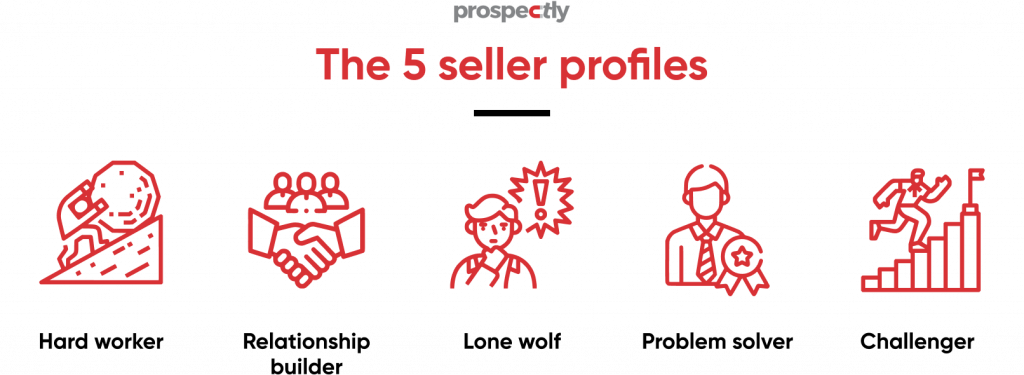
Based on the attitudes and behaviors of around 6000 sales reps, Adamson and Dixon declare 5 key sales profiles.
Hard worker
Driven by feedback and growth, the self-motivated salespeople in this category are always prepared to go the extra mile.
Relationship builder
This seller profile is willing to invest time in building long-term relationships with prospects.
Related: Build endearing business relationships with the Sandler sales methodology
Lone wolf
Sales reps in this category are driven by their gut instinct. They value their independence and are completely self-assured.
Problem solver
You can count on problem solvers as they are extremely detail-oriented. They thrive by solving their team’s or customers’ problems.
Challenger
The challengers do not shy away from a debate as they know their prospect’s business inside and out. This gives them the confidence to face pricing discussions head-on and push customers out of their comfort zone.
The challengers live and breathe the T-T-T ideology.
What does the T-T-T acronym in Challenger selling stand for?
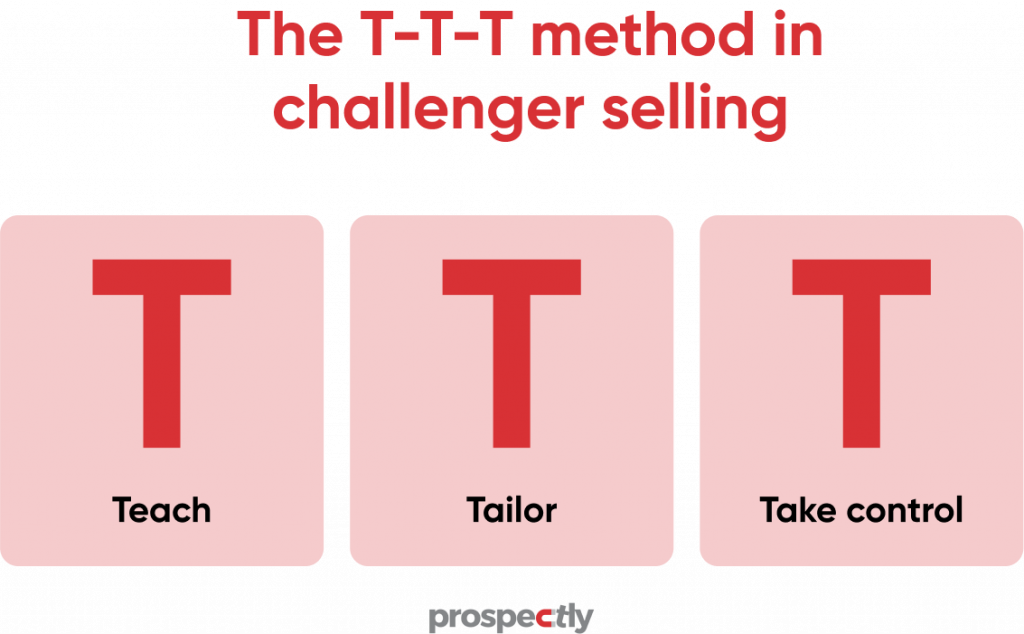
In 2009, renowned author and thought leader Geoffrey Moore coined the original idea of Provocation-based selling in his popular HBR article ‘In a Downturn, Provoke Your Customers’. This technique helped companies restore their businesses during the ‘Great Recession’ by enabling them to see competitive challenges in a new light that makes addressing specific painful problems unmistakably urgent.
Like many sales methodologies, The Challenger sales model is adapted from Moore’s provocative selling approach and encourages sales teams to master the Teach-Tailor-Take control (T-T-T) process.
Teach
You teach prospects something critical and impending about their business that they weren’t aware of. It can be an idea that can help further their growth or a limitation they can resolve with your help.
Tailor
Here, you make sure your approach is tailored to fit the prospect’s business needs and your end goal to address their pain point.
Take control
Being a challenger, you take control of the buying process like pricing parameters and buying timelines.
Is the Challenger sales methodology still relevant?
The onset of the global pandemic in 2020 accelerated digitization and the customer’s confidence in virtual selling. Buyers started controlling the purchase process by reprioritizing their spending and ensuring their purchases aligned with the new slate of pandemic-era priorities. Challenger Inc conducted a seller assessment to understand how top sellers were coping with the new normal of sales.
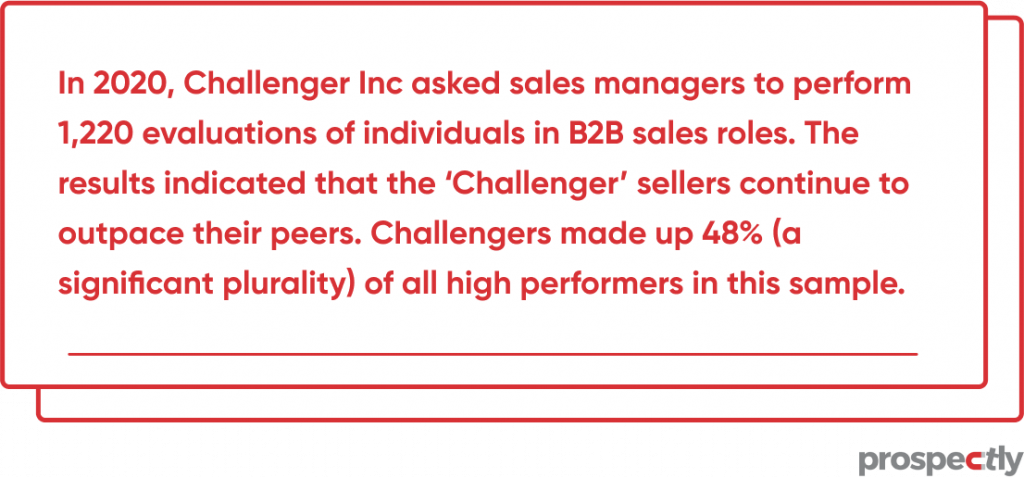
This study confirms that the Challenger sales model still stands strong even a decade after its inception.
By now, you should have a clear idea of what the Challenger selling system entails. The next section will elaborate on incorporating it into your sales strategy.
How to integrate the Challenger sales system?
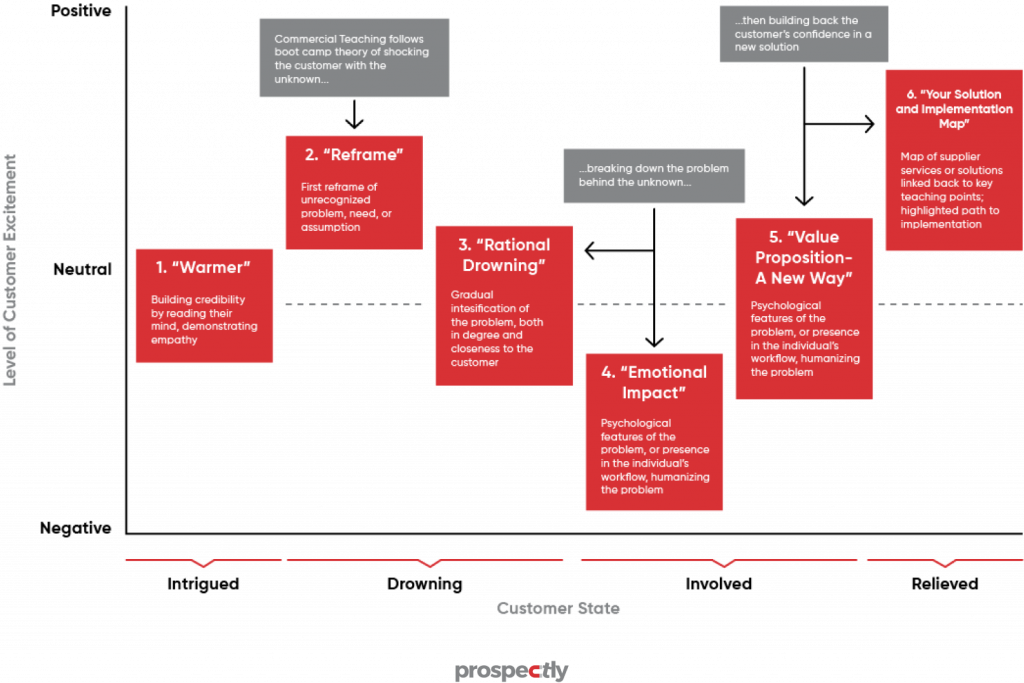
The Challenger model focuses on educating prospects rather than nurturing business relationships. This approach seems daunting at first glance but can be simplified by practicing these 6 steps.
Step 1: The Warmer
This step starts with studying your customer so you know their business intensively. Show them that you understand what they need and you are the one who can meet their unresolved business needs.
Step 2: The Reframe
By step 2, you have a clear view of the prospect’s core issue and how they plan to fix it. Your job now is to take them by surprise and highlight a unique route to address their concerns. You aim to reframe their mindset and prepare them to explore newer possibilities.
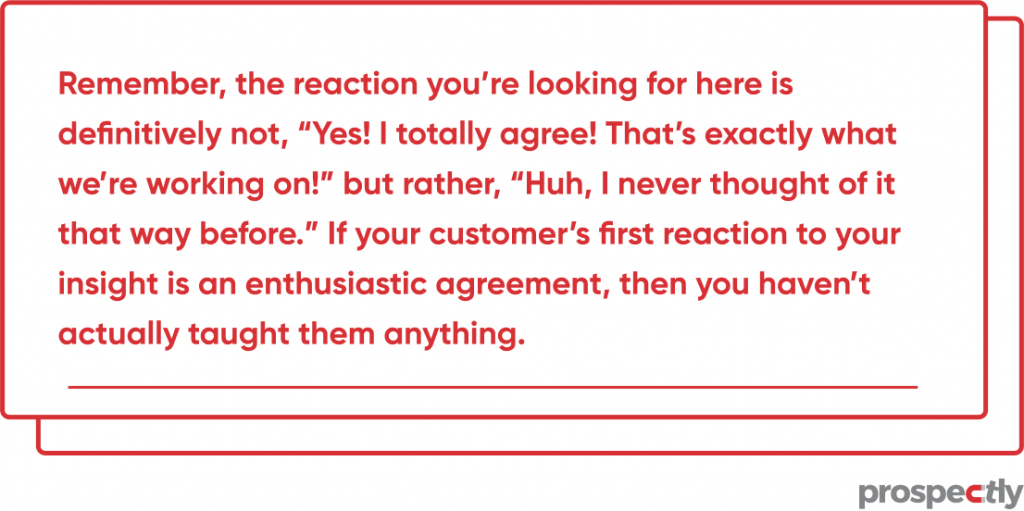
Step 3: Rational drowning
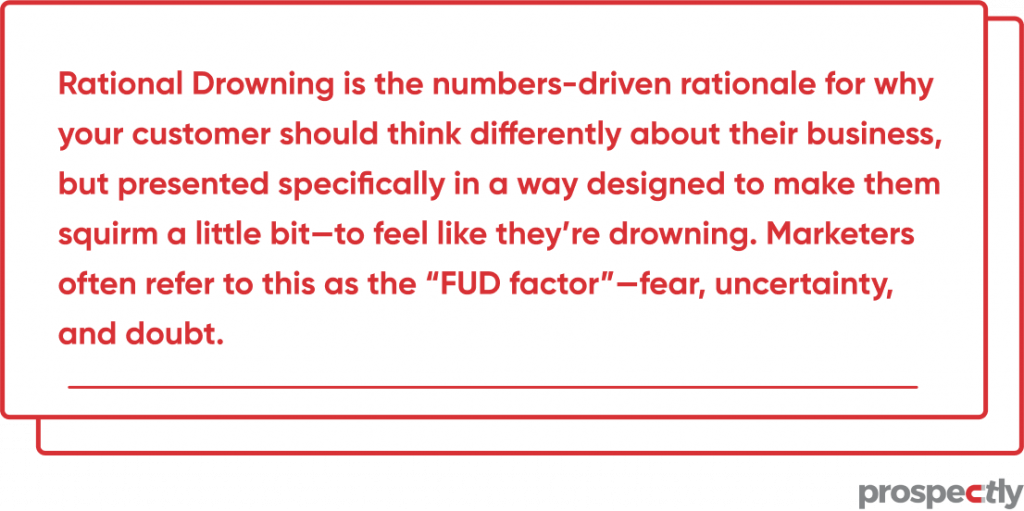
Empty claims are never enough to convince your prospects. So support them with factual data. Remember that you are not offering a sales pitch but convincing them that you understand their business better than they do.
Step 4: Emotional impact
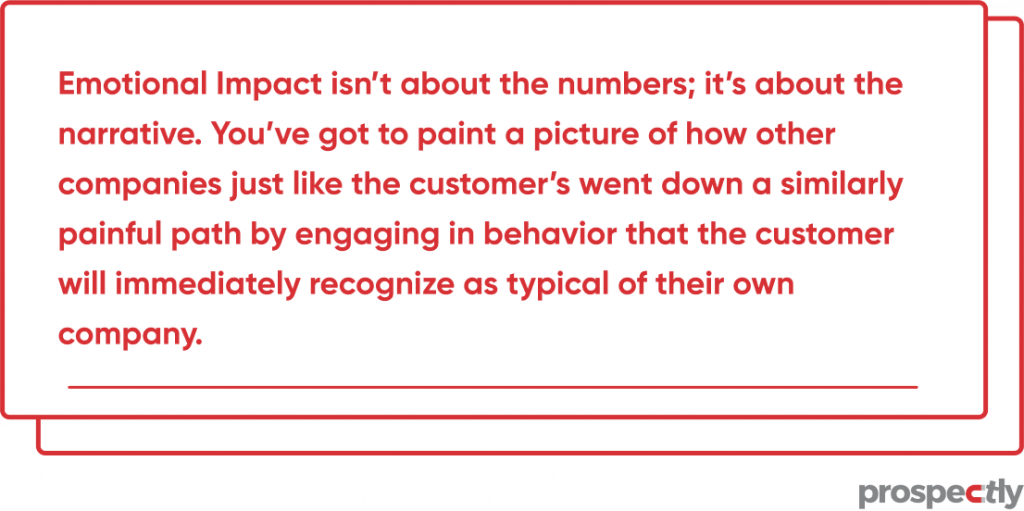
No amount of data or research can help you win the sale unless you connect with your prospect at a human level. Sharing case studies of how you helped someone in a similar situation builds relatability. Your prospect should realize that your agenda is not to make a sale but solve a larger issue.
Step 5: A new way

Here, you paint a picture of how their life would look like if they acted differently. You do this by going over the specific capabilities they need to achieve their desired goal. Remember that it is not about your product but the solution.
Step 6: Your solution
It’s time for the big reveal. You present your product/service and tailor it to fit your prospect’s new way of doing business. Depending on your offering and your adherence to the first 5 steps, the buyer will consider your solution as the only alternative to address their issue. At this point, what you intend to sell pretty much sells itself.
The following video brilliantly summarizes these critical steps.
To demonstrate the applicability of the Challenger sales method, take a look at this sample scenario from Zendesk.
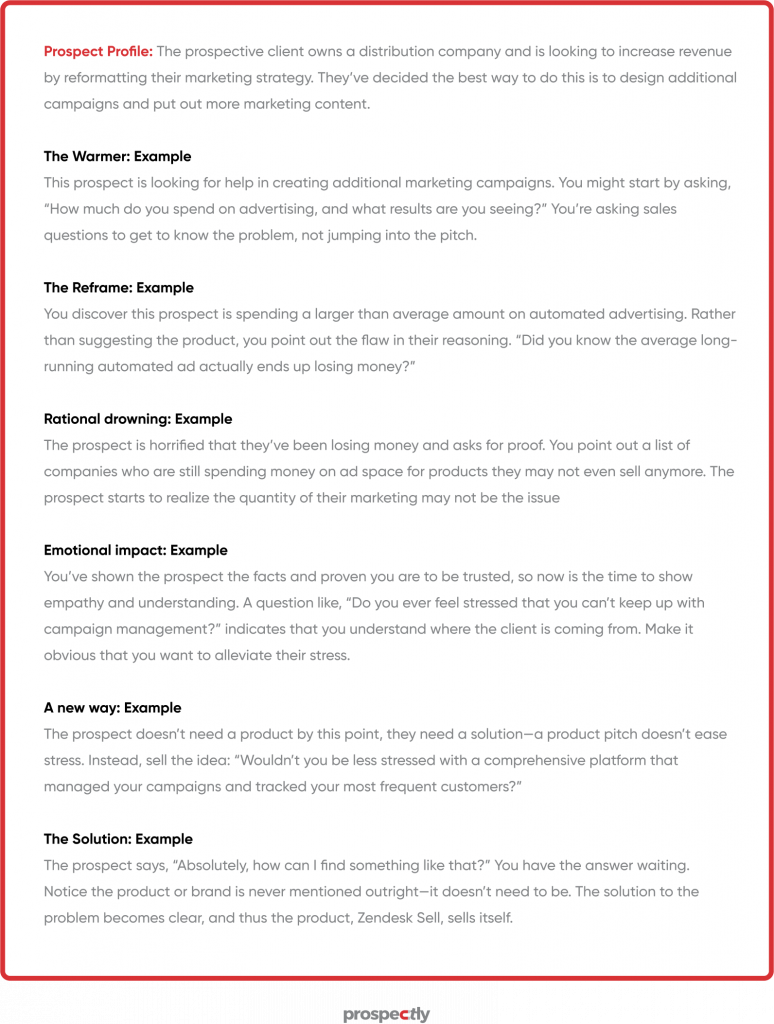
How can you benefit from the Challenger sales methodology?
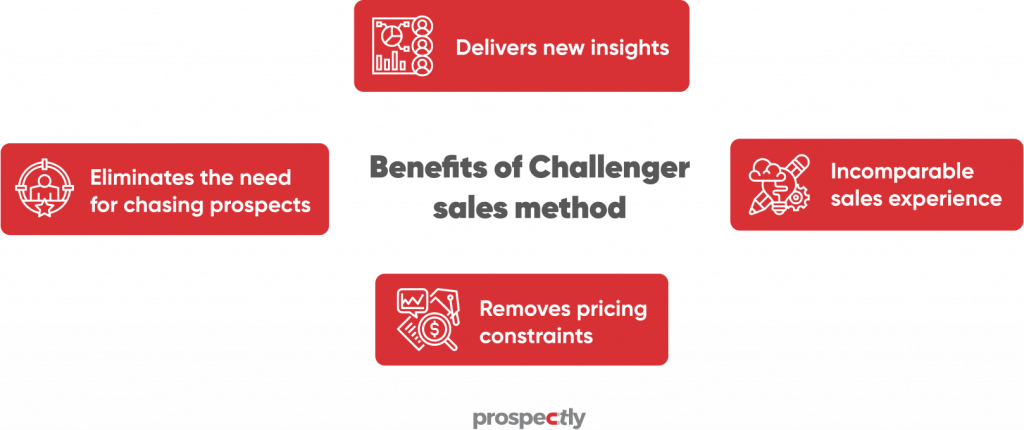
The Challengers are known to outshine other seller profiles, especially in complex selling systems. Here’s how you can reap its benefits.
Delivers new insights
What sets Challengers apart from other sellers is that they leverage their knowledge of their buyer’s business to deliver unparalleled insights. These can be ideas to bring in more money or address an undiscovered but pertinent issue.
Incomparable sales experience
Gartner’s research indicates that the biggest differentiator between B2B sellers is not the company’s brand, products/services, or the pricing, but the sales experience. By taking control of the purchase process, Challengers persuade buyers to think differently, which builds customer loyalty.
Removes pricing constraints
By understanding the ins and outs of the prospect’s business, the Challengers become well versed in identifying the economic drivers of their company. Hence they do not hesitate to discuss pricing as they can convince buyers of the unique value they bring to the table.
Eliminates the need for chasing prospects
Challengers help prospects visualize a future without their most critical business challenge. They connect with prospective customers personally and show them how their solutions can make their lives easier. They can sell their offerings without chasing prospects and commanding respect as a seller.
The gray side of Challenger selling
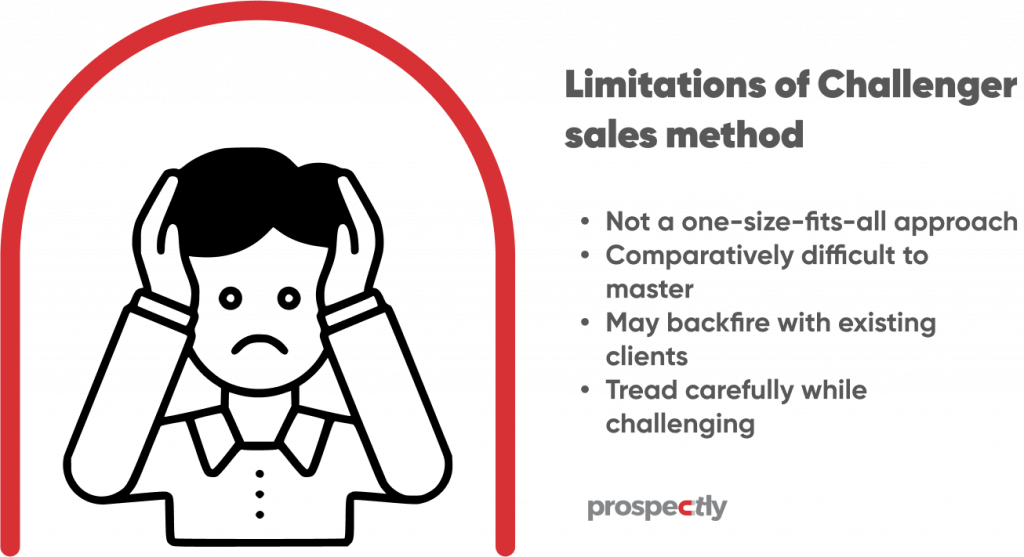
The success behind most sales methodologies depends on knowing when and when not to use them. Here are a few things to be mindful of before jumping on the Challenger bandwagon.
Not a one-size-fits-all approach
It goes without saying that the Challenger method is anything but conventional. It will require a lot of research and investment from your end. Also, there’s the added pressure of exploring multiple avenues before provoking the customer to adopt your unique approach.
Comparatively difficult to master
The effectiveness of this approach relies on your ability to execute it with utter finesse. If you are new to the game, honing this skill will be demanding as it takes a while to familiarize yourself with its intricacies.
Moreover, if you are a seasoned sales professional and used to consultative selling, you may find it challenging to adopt a contrasting methodology.
May backfire with existing clients
Provoking your customers might not be a suitable model for companies with a subscription-based model. Studies indicate that you have a 60-70% chance of selling to an existing customer but only a 5-20% of closing new ones. Challenging prospects has proved to be highly effective but might not be acceptable with existing customers. According to Corporate Visions, you risk losing clients to competition by around 10-16% when you challenge existing customers for expanding/renewing business.
Tread carefully while challenging
There’s a thin line between challenging and insulting your buyers, and you must be very careful not to cross it. Note that the Challenger way does not encourage offending your customers but effectively propels them in a particular direction.
Furthermore, your prospect’s personality plays a key role here. Thus, it would bode well or you to get a read on your buyer before you embark on this journey.
To challenge, or not to challenge?
The Challenger sales model helps create high performers in today’s information era with unlimited choices and real-time data. Implementing the T-T-T process enables you to teach value, tailor your offerings and take control of the buying narrative. But irrespective of your sales method, winning or losing the deal is sometimes situational. Ultimately, the best approach is the one that makes sense to your customer, and deciphering this code in sales requires time and unwavering resilience.
